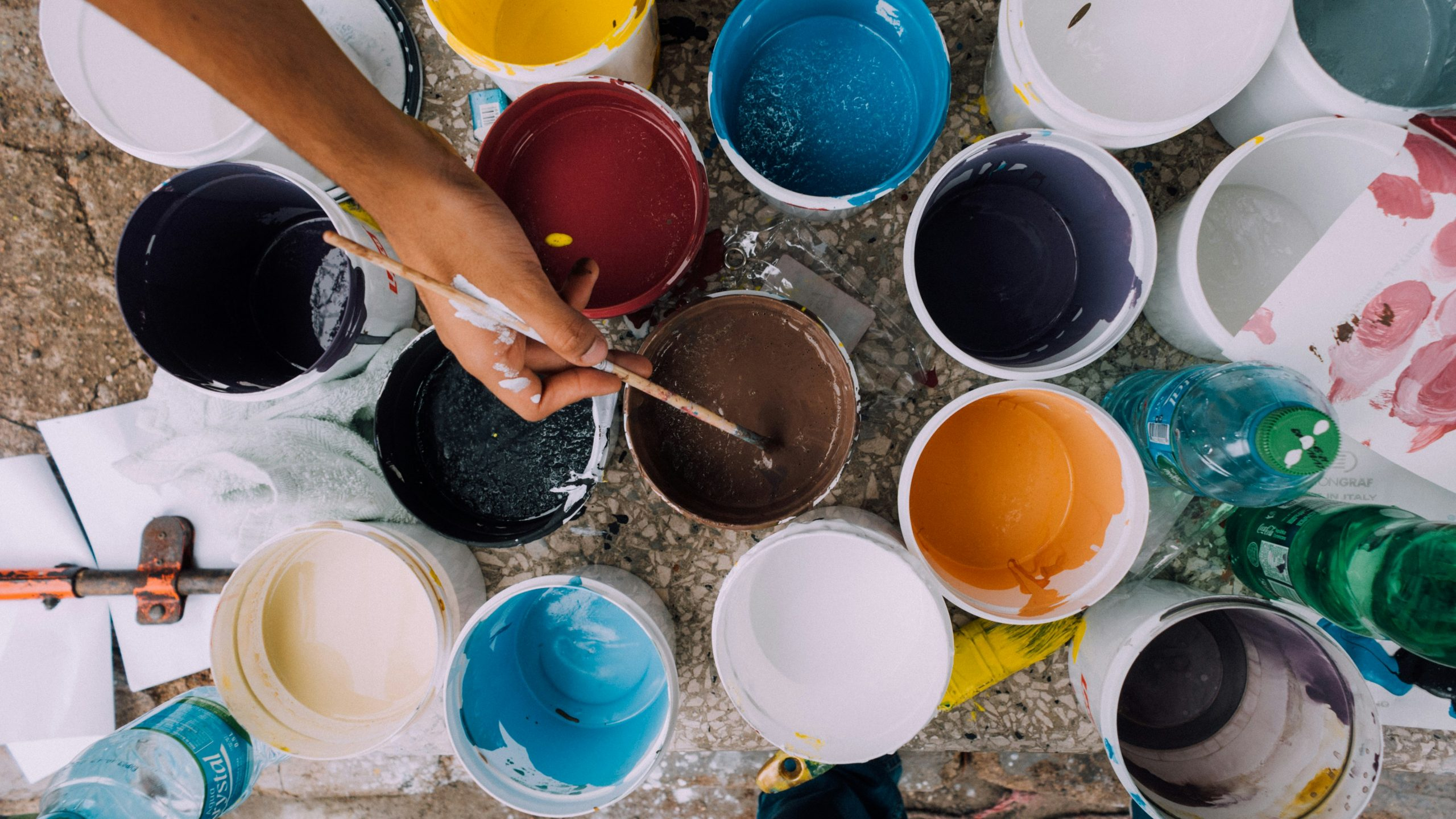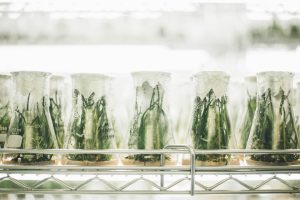Bacterial Dye Labs: Growing Sustainable Colors in Petri Dishes
Bacteria are often known for their harmful effects, causing illness and disease. However, in recent years, scientists have discovered ways to harness the power of bacteria for good, particularly in the production of sustainable colors. One way this is being done is through Bacterial Dye Labs, where scientists are growing sustainable colors in petri dishes. This ground-breaking method has the potential to revolutionize the dye industry and provide a more environmentally friendly alternative to traditional dyes. Let’s explore how Bacterial Dye Labs are paving the way for a greener future.
The Problem with Traditional Dyes
Traditional dyes, commonly used in the textile and food industries, are derived from petrochemicals. These dyes have a negative impact on the environment, both in their production and disposal. The process of manufacturing these dyes releases harmful chemicals and pollutants into the atmosphere and water sources. On top of that, the dyes themselves are non-biodegradable and can be harmful to aquatic life. This has led to a growing demand for more sustainable and eco-friendly alternatives.
The Solution: Bacterial Dye Labs
Bacterial Dye Labs, also known as Biocolor Labs, offer a sustainable solution to traditional dyes. These labs use bacteria to produce natural and sustainable colors that are not only biodegradable but also have a smaller carbon footprint. The process involves using live bacteria cultures to ferment natural substrates, such as sugar, into a color-producing compound. This compound, called a pigment, can then be extracted and used as a dye. The colors produced vary depending on the type of bacteria used and the substrate they are fed.
Types of Bacteria Used
There are many types of bacteria that can be used in Bacterial Dye Labs, with each one producing a different color. For instance, the bacteria Streptomyces coelicolor produces a vibrant blue color, while the bacteria Streptomyces lividans produces a rich purple. Other bacteria, such as Serratia marcescens and Escherichia coli, can produce a range of colors, including red, pink, and yellow.
Benefits of Bacterial Dyes
The use of bacterial dyes offers several advantages over traditional dyes. Firstly, they are more sustainable and eco-friendly, as they are derived from natural sources and do not release harmful chemicals into the environment. Secondly, the colors produced by bacterial dyes have a longer lifespan and do not fade as quickly as traditional dyes. This means fewer dyes need to be produced, reducing the overall carbon footprint. Additionally, bacterial dyes are non-toxic, making them safe for both humans and the environment.
Potential Applications of Bacterial Dyes
The potential applications for bacterial dyes are vast. These dyes have already been used in the textile industry to dye fabrics, such as cotton and silk. They have also been tested for use in food products, providing a natural alternative to chemical food dyes. Other potential applications include cosmetics, paints, and even ink for printing. The possibilities are endless and offer a more sustainable future for various industries.
Challenges and Future Developments
While Bacterial Dye Labs offer a promising solution for sustainable colors, there are still some challenges that need to be addressed. One of the main challenges is the scale of production. Currently, the process of producing bacterial dyes is limited to small batches in a laboratory setting. To make a significant impact on the dye industry, this process needs to be scalable for large-scale production. Scientists are also working towards producing a wider range of colors and improving the stability and performance of the dyes.
The Future of Dye Production
Bacterial Dye Labs are playing a crucial role in paving the way for a greener future. With their sustainable, eco-friendly, and non-toxic approach to dye production, there is no doubt that these labs will play a significant role in reducing the harmful impact of traditional dyes on the environment. As research and development progress, we can expect to see more industries incorporating bacterial dyes into their production processes, leading to a more sustainable and colorful world.
Conclusion
Bacterial Dye Labs are truly revolutionizing the dye industry, offering a more sustainable and eco-friendly solution to traditional dyes. With their use of live bacteria cultures to produce natural and biodegradable colors, these labs are paving the way for a greener and cleaner future. While there are still challenges to overcome, the potential for bacterial dyes is enormous, and we can expect to see more industries adopting this innovative approach to dye production in the years to come.









